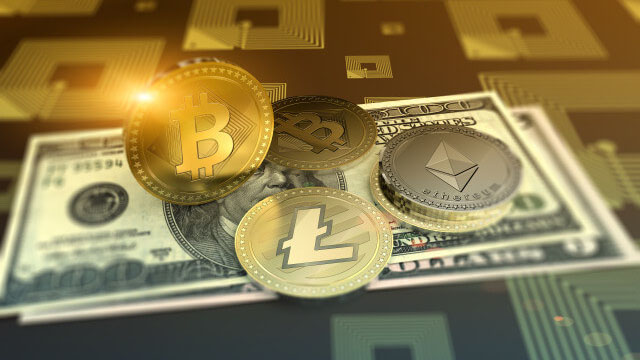
 969
969
May Retail Sales in U.S. Increase at Slower Pace Than Expected
In May, retail sales in the U.S. rose at a slower rate than anticipated on a monthly basis, indicating lingering headwinds to consumer spending activity momentum despite inflationary pressures showing indications of easing.
On Tuesday, Commerce Department data showed that last month, retail sales gained 0.1%, accelerating from April’s downwardly revised decline of 0.2%. Economists had expected that retail sales would grow by 0.3%.
At gasoline stations monthly sales slipped, partly dented by a drop in motor vehicle and gas prices.
Although inflation has shown to be persistent and interest rates stay elevated, U.S. sales have generally been resilient, partly due to a strong labor market. The increase in sales has however been curbed by more consumers electing to spend on essential goods rather than pricier luxury goods.
Recent data has also shown that workers who lose their jobs are battling to find new work.
The retail sales figures may impact the outlook for the broader economy, which may in turn affect how the Federal Reserve handles possible interest rate reductions later in the year.
Philadelphia Fed President Patrick Harker on Monday supported one 0.25% cut this year, citing the ongoing slowdown in inflation, slackening in labor demand, and signs of easing but above-trend economic activity.














